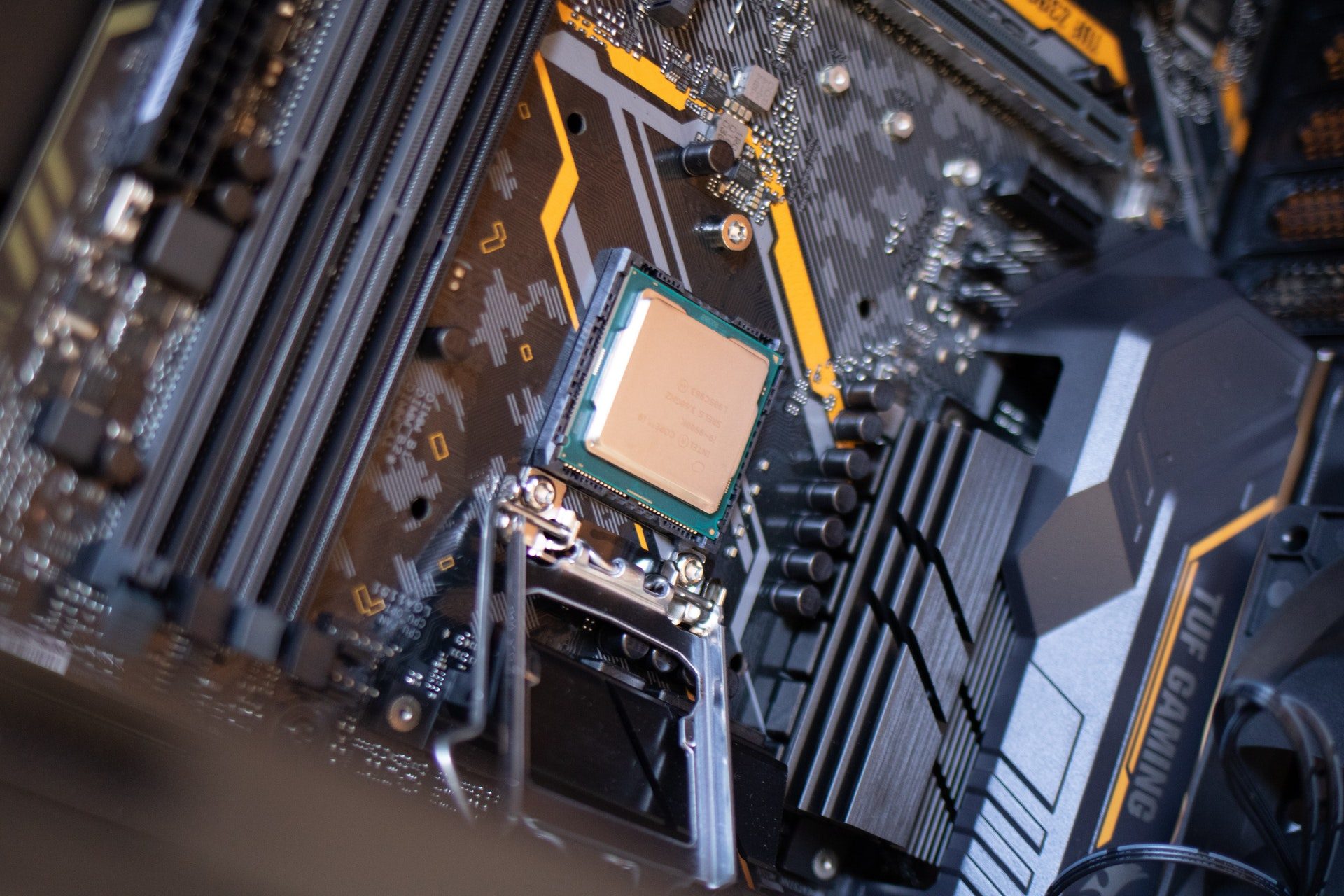WASHINGTON (Transatlantic Today) – As the worldwide semiconductor chips scarcity has made it more difficult for people to get computers, automobiles, as well as other modern-day essentials, Congress is considering spending billions of dollars to enhance chip manufacture and research within the United States.
Both the Senate and the House of Representatives have passed a significant bill on the subject, and it’s one of legislators’ last chances before the November elections to reassure voters that they’re doing something about the country’s stretched supply chains.
They must now reconcile significant disparities between the 2 proposals. According to ABC NEWS, Republican Senators are already pushing hard before the actual negotiations begin.
President Biden has deemed the semiconductor bill a major priority, but getting a law to his office will require the cooperation of at least ten Republican Senators, if not more. When congress members recently revealed which members will sit on the panel tasked with reconciling the two legislation, Senate Republican Leader Mitch McConnell stressed this issue.
House democrats insist they need to be included during negotiations.
Senators and representatives from the House and Senate have been chosen to serve on a panel charged with unifying the two laws into one.
Speaker Nancy Pelosi picked 49 Democrats and 1 Republican, Illinois Rep. Adam Kinzinger, who was the sole Republican who voted in favor of the bill. Kevin McCarthy, the Republican Majority leader, chose 31 Republicans to serve on the panel.
McConnell and Schumer, the Democratic Senator, each chose 13 senators.
The House has confirmed its members, but the Senate still has to complete some legislative procedures before it can do so.
Over ten years, the Senate legislation is expected to raise expenditure by nearly $250 billion. Over the next ten years, the House legislation would increase expenditure by over $400 billion.
More than $52 billion is set out in the House and Senate proposals for semiconductor manufacture and research. The federal government will pay part of the costs of establishing or refurbishing semiconductor factories through loans and grants.
Both measures boost funding for the National Science Foundation, but they do have distinct objectives for the research that would be supported.
The Senate measure establishes a new directorate with a budget of $29 billion over 5 years to boost the United States’ supremacy in semiconductors, artificial intelligence, robotics, as well as other cutting-edge technology.
The House legislation funds a new department for scientific and engineering initiatives with $13.3 billion during 5 years. The department’s objective is listed as environmental sustainability, climate change, and socioeconomic inequality.
Both parties will have to work out their differing ideas for the National Science Foundation and the new technology department.
The 2 bills also create regional technology centers, with the Senate allocating $10 billion and the House allocating $7 billion to the initiative. The Senate bill asks for the establishment of 20 such centers, whereas the House legislation calls for the establishment of at least ten.
The seed money will be distributed to regional organizations working on a range of financial and national security issues.
The strategy has bipartisan backing from politicians representing minority and large rural constituencies who want to guarantee that the money isn’t focused in communities or universities where a majority of technological research has already been done.
Climate change, immigration, commerce, and supply chain concerns are just a few of the categories where the legislation varies.
One of the big-ticket initiatives in the House legislation is a $45 billion effort to improve supply chain operations in the United States. The Senate measure did not include such a provision. The funds would be used to offer grants, loans, or loan assurances to local governments, businesses, and tribes looking to move or build critical goods manufacturing plants.
Another notable distinction is in the area of trade. The House renews a programme that gives training and financial aid to workers who have lost their employment or have their hours reduced as a result of increasing imports. There is no equivalent provision in the Senate.
Furthermore, the Senate bill has a trade clause that would exempt additional products from tariffs imposed by the Trump administration on Chinese imports. Almost all of the exclusions have already passed their expiration date. The Senate measure preserves them, which is a top goal for business organizations like the US Chamber of Commerce.
Immigration is addressed in the House measure, but not in the Senate plan. It would establish a new visa status for businessmen, allowing anyone with a stake in successful businesses to seek for legal permanent residency.
Unlike the Senate version, the House bill mentions climate change. It commits $8 billion to a program to assist underdeveloped nations in responding to climate change. Republicans may oppose utilizing tax dollars for such a purpose, thus this might be a nonstarter.
No one believes the negotiations would be easy.


























